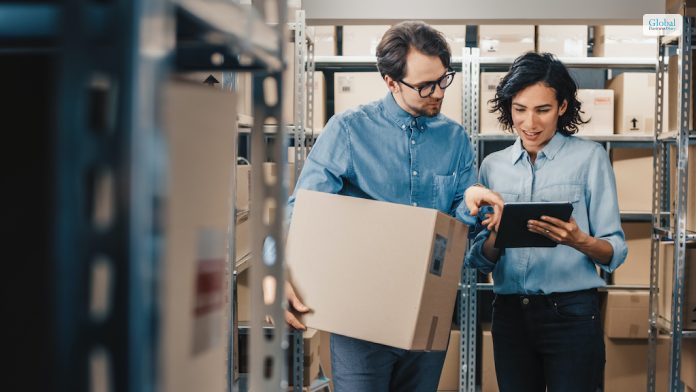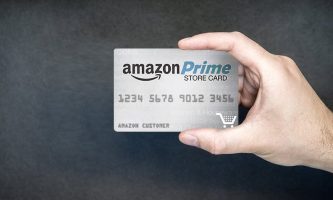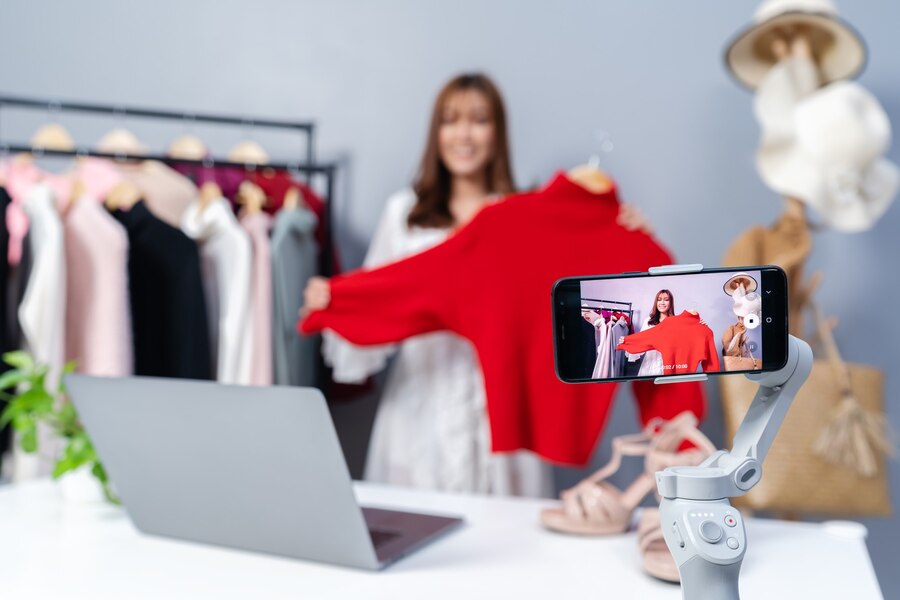What Is Backorder? – Causes, Working, Importance, And Examples

By learning about the backorder amount of your inventory, you can get an idea of the items that are still in production but are currently out of stock. You will also have the knowledge of the timeframe within which the items will come back in stock. Having a good understanding of backorders will also help you in managing risks in the supply chain.
In this article, you will learn about backorders and how they work for businesses. Apart from that, we will also share with you the importance and advantages of getting an idea of backorders. Finally, you will also learn about the major causes of backorders in an inventory. Hence, to learn more about backorders, read on through to the end of the article.
What Is Backorder?

According to Investopedia,
“A backorder is an order for a good or service that cannot be filled at the current time due to a lack of available supply. The item may not be held in the company’s available inventory but could still be in production, or the company may need to still manufacture more of the product. Backorders are an indication that demand for a company’s product outweighs its supply.”
In some cases, backorders are also known as a company’s backlog. Basically, a backorder of a company is the order of the goods/services of the company that the company cannot fulfill at the moment. This mostly occurs due to a lack of supply for raw materials, functional items, tools, machinery, etc.
By understanding the backorders of a company, you will also be able to learn a lot about the company’s inventory management system. If the company’s backorder is manageable and the turnaround is short, then it shows a net positive outcome. However, if the company’s backorder is large and the wait time is low, then the outcome is negative. You will also have a better idea of the inventory turnover ratio of the company.
Actually, the company will be in high demand, if the backorders of the company are manageable. On the other hand, companies with large and unmanageable backorders can lose customers pretty quickly.
How Does A Backorder Work?
According to Netsuite.com,
“When a company takes orders — and potentially payments — for products that are not in stock, it is accepting backorders. Once backorders are accepted, the inventory management system converts them to purchase orders and sends them to the appropriate internal department, vendor, or distributor. Customer service teams should provide buyers with an estimate of when they can expect their orders and how payment will be handled.”
In such a situation, a retailer can choose a supplier to drop ship items directly to customers. On the other hand, the retailer can also take the responsibility of dropping off the items to customers. Here, the retailer translates the backorders to sales orders. Then, it ships the items to customers after charging them from the customer’s account.
However, with the help of backorders, companies can also maintain a lower level of inventory. Apart from that, this also helps the company to have lower risks of theft and obsolescence. Another great advantage that the company gets here is that its product is naturally marketed.
On the other hand, you must also understand that just because a company is lacking in inventory supply, it does not mean that it cannot operate on its backorders. Actually, a company is still capable of doing business even if it does not have recorded inventory.
However, if the company keeps its products on backorder, it can boost the demand for the product. Apart from that, it can also retain its customers and increase them simultaneously All in all, the company can increase its product and brand value.
What Is The Importance Of Backorders?

Regardless of the type of business, getting a better idea of backorders can have many positive implications, too.
Investopedia explains –
“Keeping a large supply of stock requires storage space, which, in turn, requires money. Companies that don’t have their own storage centers have to pay for services to hold their inventory. By keeping a small amount of stock in supply and the rest on backorder alleviates the need for excess/extra storage, and therefore, reduces costs.”
As the company reduces its costs, it can pass it on to the customers. As a result, these customers will likely return to the company because of its low prices of products. This comes to be true when the demand for certain products of the company turns out to be higher. The latter situation occurs at times of the launch of new products.
Basically, backorders have a strong effect on the supply chain because there are additional burdens on manufacturers and distributors. When you are fulfilling backorders, as a supplier, you will need to produce and procure backorder stocks along with your normal inventory.
What Are The Major Causes Of Backorder?
In general, backorders are symptoms of inaccurate forecasting. One can minimize backorders by improving inventory forecasting. The following are some of the major causes of backorders in the inventory:
- If there is an unusually excess demand as compared to supply, there is an increase in backorders.
- Inaccurate inventory forecasting leads to a low safety stock. Hence, there is a higher chance of backorder.
- If there is a challenge in the supply chain (e.g., raw material shortage, factory shutdown, etc.), it can lead to out-of-stock situations.
- A company can face restocking delays, leading to backorders, if it works based on safety stock formulas and does manual reviews of purchases.
- Human errors can also lead to backorders. An employee can enter an item as a backorder even though the item is already available.
- If there are discrepancies in warehouse operations, it can create a glitch in the inventory management system. This can further lead to errors in the counting of stock.
Bottom Line
Hope this article was helpful for you in getting a better idea of how backorder occurs. You can see from this article that backorders have advantages and disadvantages, and they can occur for various reasons.
Do you have any more information related to a backorder? Consider sharing your information with us in the comments section below.
Read More About Business By Clicking Below!!











